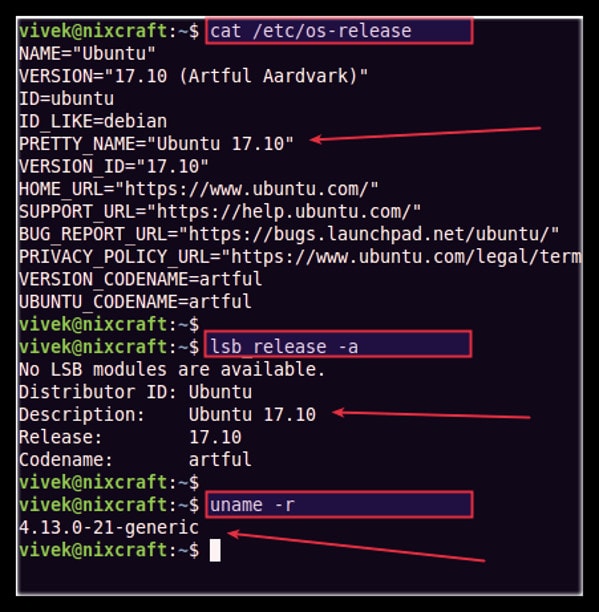
The traceBegin() API can take a second parameter (the first being the log file name) to specify an XSLT file to be referenced when opening the XML file in your web browser. Everyone will have slightly different logging needs and by producing standardized XML log files it is easy to transform XML using XSLT (XML StyLesheet Transforms) into any custom format (comma-delimited text, HTML, etc.). However this can lead to very large log files for long automation sessions so it is recommended to use the higher verbosity settings only when needed. At the higher verbosity levels, many internal diagnostic and status messages will be logged, which can be very useful in trying to determine what/where exactly was the cause of a script failure. The amount of logging (entries) can be set to the desired verbosity level with the traceSetFileLevel() API. The logs can contain various information such as timestamps, sequence ID, time deltas and status for each log entry. ĭSS logging can be enabled using the traceBegin() API. run ( dsArray ) // Run CPUs 1 and 2 script. traceWrite ( "Executing program on first and second TCI6488 CPU." ) var dsArray = new Array () dsArray = debugSessionF1A dsArray = debugSessionF1B debugServer. traceWrite ( "Done!" ) // Run the program for the first and second TCI6488 CPU simultaneously script. loadProgram ( "HelloTCI6488.out" ) script. traceWrite ( "Loading program to first TCI6488 CPU." ) debugSessionF1A. traceWrite ( "Execution complete!" ) // Reload program for just the first TCI6488 CPU script. traceWrite ( "Executing program on first TCI6488 CPU." ) debugSessionF1A. traceWrite ( "Done!" ) // Run the program for just the first TCI6488 CPU script. traceWrite ( "Loading program to second TCI6488 CPU." ) debugSessionF1B. traceWrite ( "Done!" ) // Load a program for just the second TCI6488 CPU script.

traceWrite ( "Done!" ) // Load a program for just the first TCI6488 CPU script. traceWrite ( "Connecting to all TCI6488 CPUs." ) debugSessionF1A. traceWrite ( "Done!" ) // Connect to each TCI6488 CPU script. openSession ( "TCI6488EVM_XDS510USB/C64PLUS_F2C" ) script. openSession ( "TCI6488EVM_XDS510USB/C64PLUS_F2B" ) debugSessionF2C = debugServer. openSession ( "TCI6488EVM_XDS510USB/C64PLUS_F2A" ) debugSessionF2B = debugServer. openSession ( "TCI6488EVM_XDS510USB/C64PLUS_F1C" ) debugSessionF2A = debugServer. openSession ( "TCI6488EVM_XDS510USB/C64PLUS_F1B" ) debugSessionF1C = debugServer. openSession ( "TCI6488EVM_XDS510USB/C64PLUS_F1A" ) debugSessionF1B = debugServer.

traceWrite ( "Opening a debug session for all TCI6488 cores." ) debugSessionF1A = debugServer. traceWrite ( "Done!" ) // Open a debug session for each TCI6488 CPU script. traceWrite ( "Configuring debug server for TCI6488 EVM." ) debugServer. getServer ( "DebugServer.1" ) // Configure target for a TCI6488 EVM with SD XDS510 USB emulator script. Get the Debug Server and start a Debug Session debugServer = script. It is also useful to use the example scripts as a baseline for creating your own scripts (by referencing it or simply copying and then "gutting" it to use as a template). The examples are well commented and should give you an understanding of the basic steps needed to create the scripting environment and start a debug session for a specified target, in addition to highlighting some of the DSS APIs available. It is strongly encouraged for new users to open up the DSS basic examples and slowly walk through them to get an understanding of how DSS works.

#Debug python script in linux command line how to#
Test Server (TestServer) - demonstrates how to use DSS to set-up a debug test server and have remote clients send debug commands via TCP/IP socket connection.Īvailability of examples vary per CCS version.Loadti (loadti) - a generic command-line loader which can load/run an executable.DVT basic examples (DVTExamples) - Sample script for collecting and exporting function profiling data.DSS basic examples (DebugServerExamples) - These sample scripts which perform basic memory and breakpoint operations.The examples are meant to demonstrate and highlight some of the capabilities of DSS.


 0 kommentar(er)
0 kommentar(er)
